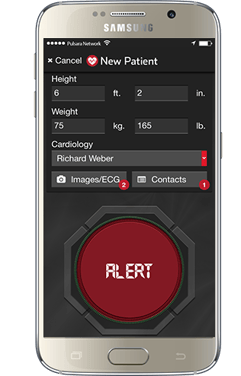Pulsara Around the World - 2025 Recap and January 2026
December Recap After an incredibly busy events year with 102 conferences, trade shows, and sponsorships, December was on the slower side for us, with...
1 min read
 Hannah Ostrem
:
Sep 15, 2016
Hannah Ostrem
:
Sep 15, 2016

 The study examined 484 hospitals and 1,253 EMS agencies in the U.S. over a two-year period, and assembled key influencers from the local healthcare systems in efforts to develop care coordination plans to get patients to treatment earlier. One such solution was to have EMS personnel diagnose a heart attack on scene, then alert the nearest PCI-capable hospital and bypass the ED upon arrival, taking that patient directly to the operating room.
The study examined 484 hospitals and 1,253 EMS agencies in the U.S. over a two-year period, and assembled key influencers from the local healthcare systems in efforts to develop care coordination plans to get patients to treatment earlier. One such solution was to have EMS personnel diagnose a heart attack on scene, then alert the nearest PCI-capable hospital and bypass the ED upon arrival, taking that patient directly to the operating room. 
December Recap After an incredibly busy events year with 102 conferences, trade shows, and sponsorships, December was on the slower side for us, with...

Editor's Note: In July 2025, EMS1 and Fitch & Associates released their annual EMS trend survey, What Paramedics Want, proudly sponsored by Pulsara....
![[PRESS RELEASE] Published Research Finds Up to 31% Faster STEMI Treatment Times in Rural Hospital Setting with Pulsara](https://www.pulsara.com/hubfs/_1_website-page-blog-assets/pulsara-hosp-teams-assign-cardio-stemi-rn-1200x701.jpg)
Published research shows how using Pulsara, alongside standardized field activation and a focus on stakeholder relationships, improves STEMI care and...